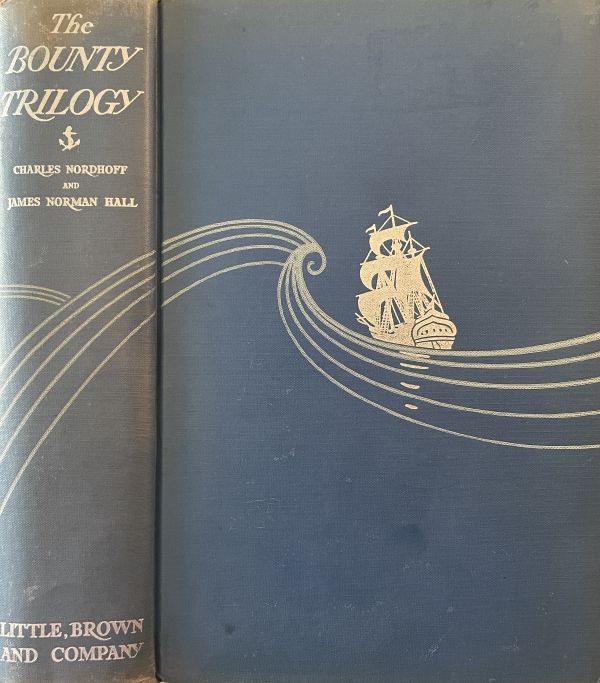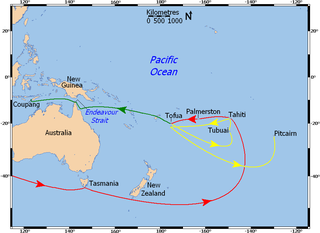


The preface of The Bounty Trilogy provides spoilers for each of the novels. Regardless, the journeys to each novel’s endings are fascinating.
High Point: The three novels are each told from different perspectives.
Low Point: At over 900 pages, you may wish to break up the three volumes with other reads.
Authors: Charles Nordhoff and James Norman Hall
Publication Date: Mutiny on the Bounty (1932); Men Against the Sea (1934); Pitcairn Island (1934)
Genre: Fiction
Project Gutenberg: Not available
LibriVox: Not available
Movie/TV Adaptation: Mutiny on the Bounty (1935); Mutiny on the Bounty (1962); The Bounty (1984)
In The Bounty Trilogy by Charles Nordhoff and James Norman Hall, the preface tells the reader how, based on actual events, each of the three volumes will end. But despite knowing how the stories conclude, the journeys to their endings are fascinating.
The first novel, told in the first person, covers the voyage of HMS Bounty to the South Pacific, including the mutiny, and then the repatriation and court martial of a small group of alleged mutineers. The second, also in the first person, describes the ordeals of Captain Bligh and his few faithful hands after being set adrift by the mutineers. The third details the establishment of a settlement on a deserted island by the main group of mutineers and indigenous people. Most of this volume is told in the third-person.
One particularly interesting aspect is how differently Bligh is portrayed in each story. In the first, Bligh is vilified. The second novel portrays him in a more sympathetic light. In the third, he is largely overlooked, but considerable concern and guilt is expressed by the mutineers for their former crewmembers who were set adrift.
My edition of The Bounty Trilogy has just over 900 pages. That’s a pretty long slog, but Nordhoff and Hall have a conversational style that makes it interesting and easy. If you break it up with other reads between the volumes, you may find The Bounty Trilogy a thoroughly rewarding adventure well worth the time.
